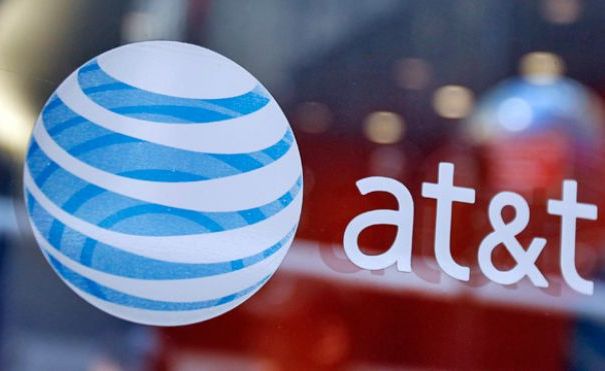
AT&T, as part of its strategy to expand 5G Evolution in over 20 metro areas by the end of this year, announced 5G launch in parts of Indianapolis.
AT&T’s 5G Evolution service offers 2x wireless download speeds as compared with its nationwide 4G LTE network.
5G Evolution from AT&T offers access to customers to enjoy entertainment and connectivity on top devices such as Samsung Galaxy S8 or S8+ phones in Indianapolis, and in select areas of Austin. AT&T will add more compatible devices for 5G Evolution.
In addition to Austin, AT&T’s 5G will reach Atlanta, Boston, Chicago, Los Angeles, Nashville and San Francisco.
“We’re deploying equipment, investing in the right mix of spectrum and technology, and laying the foundation for our evolution to 5G while 5G standards are being finalized,” said Marachel Knight, senior vice president, Wireless Network Architecture and Design at AT&T.
5G Evolution is different from the original 5G launches that are expected in 2020. AT&T admits that the delivery of standards-based 5G mobile networks is expected as early as late 2018.
 AT&T has upgraded cell towers with network upgrades that include LTE Advanced technologies like 256 QAM, 4×4 MIMO, and 3-way carrier aggregation for its 5G expansion.
AT&T has upgraded cell towers with network upgrades that include LTE Advanced technologies like 256 QAM, 4×4 MIMO, and 3-way carrier aggregation for its 5G expansion.
AT&T expects to deploy LTE-License Assisted Access and 4-way carrier aggregation in some areas of 5G Evolution metros by the end of 2017. AT&T recently tested LTE-LAA technology in San Francisco and achieved peak speeds of more than 750Mbps. AT&T plans to expand LTE-LAA testing to additional areas of San Francisco and Indianapolis locations in the coming weeks.
AT&T has installed small cells in Indianapolis. AT&T will add more small cells in the next few months. These small cells use centralized RAN (C-RAN) architecture to add capacity and improve efficiency for sites quickly and simultaneously.
AT&T invested more than $350 million in its Indianapolis wireless and wired networks during 2014-2016. These investments enhance reliability, coverage, speed and overall performance for residents and businesses.
This apart, AT&T launched a new Distributed Antenna System (DAS) and added network capacity to nine existing systems in Indianapolis to serve customers at large venues such as airports, stadiums, and malls over the past year.
In 2016, AT&T made more than 325 wireless network upgrades in Indianapolis. These include new cell sites, boosting network capacity, and new wireless high-speed internet connections.
“We’re investing to provide faster, more reliable, highly secure connectivity. We want customers to have internet access at any moment, from almost any device,” said Bill Soards, president of AT&T Indiana.





